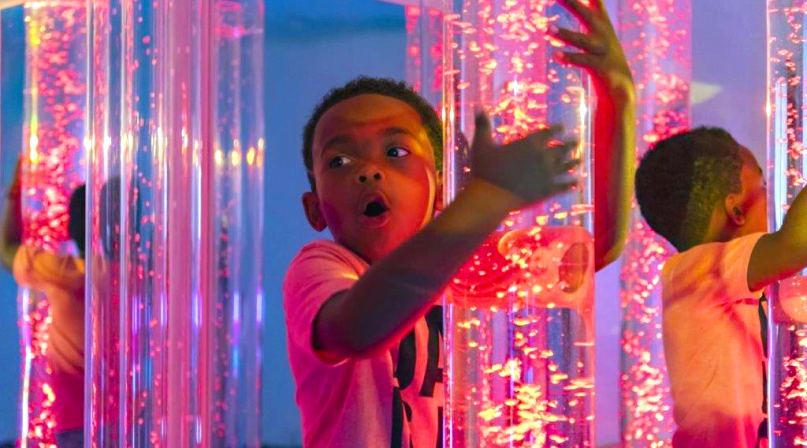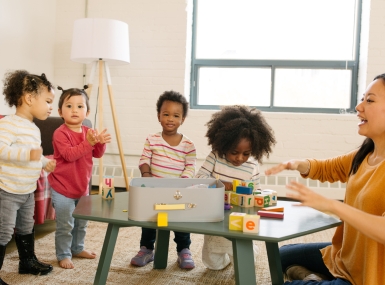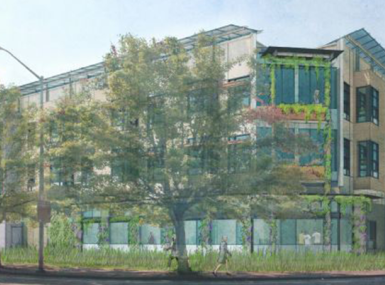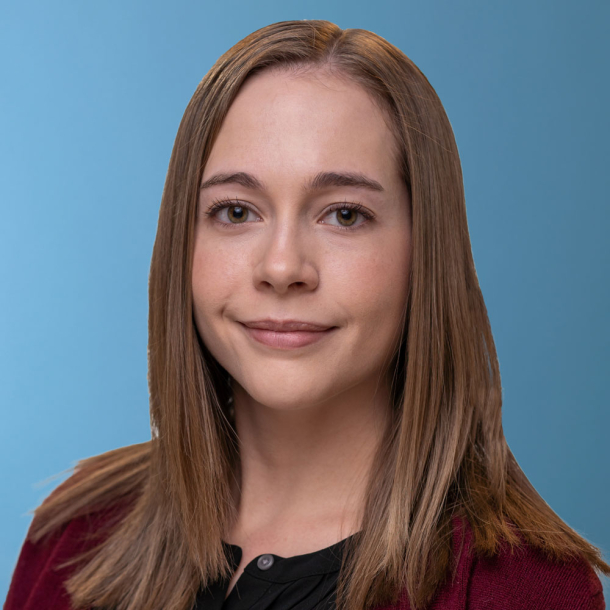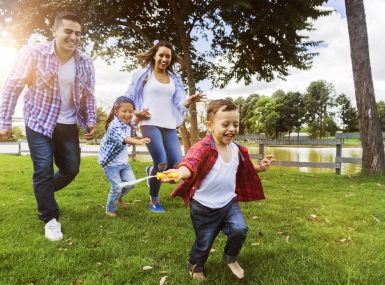Problem:
|
County libraries need inclusive spaces for individuals with disabilities. |
Solution:
|
Launch an initiative to adapt programs, create spaces and provide technologies to meet the needs of all members of the community. |
“It was the third day of work,” she said of her former position at the library. “I don’t know what my job duties are, I don’t know what I’m supposed to be doing, so I said ‘Sure, why not?’”
The interaction with the man and his caregiver led to a series of weekly programs held by Alverson and a group of sometimes up to 100 adults, children and teens with disabilities.
When Alverson was promoted to community engagement administrator and asked for grant ideas, she knew just what was needed: A special needs coordinator.
The grant ended up incorporating more than just that position.
The Practicing Inclusivity Initiative officially launched in 2018 to create a more welcoming and accessible space for individuals with a variety of special needs at the Durham County Library system.
Supported by grant funds from the Institute of Museum and Library Services under the provisions of the federal Library Services and Technology Act and administered by the State Library of North Carolina, Alverson managed the initiative’s three-prong approach focusing on staff training, inclusive spaces and inclusive programming.
Alverson said there was a need for staff training within the county libraries to increase employee awareness and hear about the personal experiences from guest speakers who have special needs.
Staff training covered topics ranging from inclusion, customer service, sensory processing and American Sign Language.
“Through our staff training, we’ve learned it’s never going to be enough, no matter what we do, we can always do more,” Alverson said.
A key aspect of the initiative involved the addition of sensory items and inclusive spaces to all county libraries including “bubble walls” and other sensory elements.
Faith Phillips, who formerly served as manager of the main library and as the co-project manager for the initiative, said the main library was undergoing a complete renovation and transformation during this time, providing a unique opportunity to improve the space’s inclusivity.
The main library now features three sensory spaces, providing a multi-sensory environment with immersive interactive spaces that include color-controlled fiber optic cables that appear like a waterfall to a Vibroacoustic waterbed where individuals can feel vibrations from music when lying down to a LiteZilla, which resembles a giant LiteBrite.
Renovations included a sensory calming room on the first floor which serves as a multi-sensory environment and includes bubble walls, tactile toys and special seating.
“The idea is if somebody comes into the library space and just needs a minute, they’re overwhelmed, there’s too much going on, overstimulated, that’s what that room is for,” Alverson said.
Alverson and Phillips worked together to design the sensory spaces, research different sensory tools and even modeled spaces after a concept from the Netherlands.
The library held a weeklong, pop-up event while renovations were happening to create a temporary multi-sensory environment with bubble tubes, fiber optics and other sensory items.
Over 770 people visited the pop-up space in six days.
“We did outreach events and that combination proved to be very, very valuable, because people who had never heard of the library before were suddenly going, ‘Oh, we did this here at our place and we can come to the library and have that same program,’” Alverson said.
Each library now has sensory solutions kits to make programs more adaptive and inclusive with items such as handheld fidget toys, sensory balls, bean bags, sunglasses and noise-cancelling headphones.
Phillips said feedback about the initiative was overwhelmingly positive.
“The overwhelming response was ‘the library is for me now,’” Phillips said.
She explained how many families were hesitant to come to the library if they didn’t bring their own sensory elements a loved one needed, but now feel comfortable coming to the space knowing they have access to a variety of tools.
“We want to connect you to the services and resources and then we want you to play, we want you to interact,” Alverson said.
